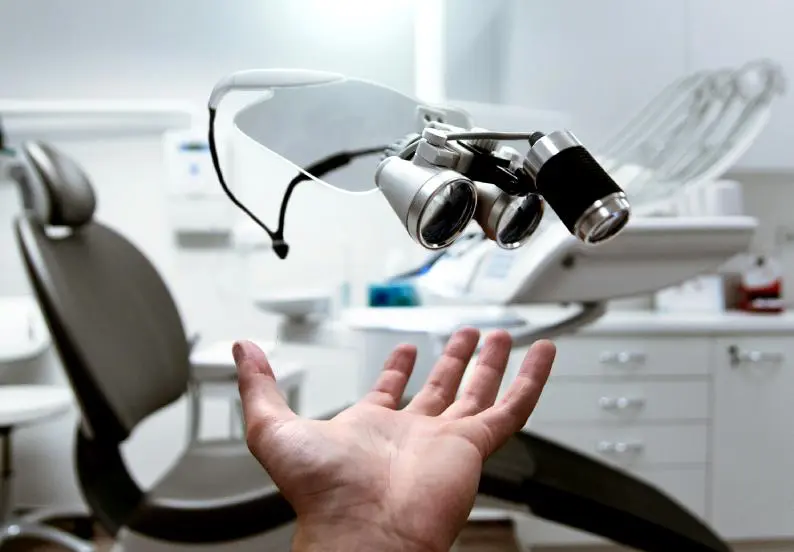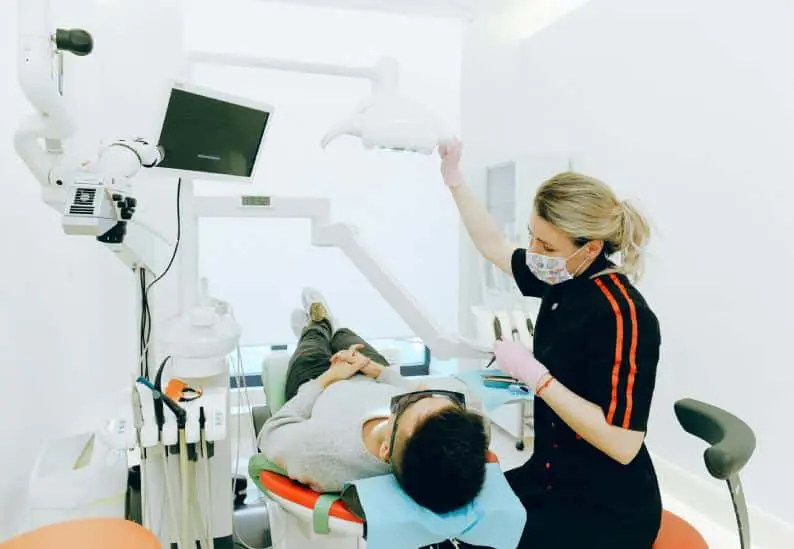health words Al Woods
In recent years, technology has dramatically transformed various aspects of modern life, and dentistry is no exception. The integration of advanced technology in dental practices has revolutionized how dental professionals diagnose, treat, and manage patient care. This evolution has led to improved outcomes, increased patient comfort, and enhanced efficiency in dental procedures. Understanding how these technological advancements play a crucial role in modern dentistry can help patients make informed decisions about their dental health and the treatments they receive.
Digital Imaging and Diagnostics
Digital imaging has become a cornerstone of modern dentistry, providing a significant upgrade over traditional film-based X-rays. Digital X-rays offer higher resolution images with greater accuracy, which allows for better diagnosis and treatment planning. They also expose patients to less radiation compared to conventional X-rays. This technology enhances the dentist’s ability to detect issues such as cavities, bone loss, and infections at their earliest stages. In addition to X-rays, intraoral cameras have gained prominence in dental practices. These small, pen-like devices allow dentists to capture detailed images of the inside of a patient’s mouth.
3D Printing and Custom Solutions
3D printing is another groundbreaking technology that has significantly impacted modern dentistry. This technology enables the creation of highly customized dental appliances, such as crowns, bridges, and dentures, with unparalleled precision. Traditional methods of making these appliances can be time-consuming and prone to errors. However, 3D printing allows for quicker production and better fitting, which enhances patient satisfaction. Additionally, 3D printing is used in orthodontics to create custom aligners and retainers. This has streamlined the process of orthodontic treatment, making it more efficient and comfortable for patients.
Laser Dentistry
Laser technology has introduced a new era in dental procedures, offering a less invasive and more precise alternative to traditional methods. Lasers are used in various dental treatments, including gum disease management, cavity removal, and teeth whitening. The use of lasers often results in less discomfort and faster healing compared to conventional techniques. For instance, in gum disease treatment, lasers can target infected tissue while preserving healthy tissue, reducing the need for sutures and minimizing postoperative pain. Similarly, laser-assisted cavity detection helps in identifying decay early, allowing for timely and less invasive interventions. This approach contributes to a more comfortable and efficient dental experience for patients.
Innovation in Cosmetic Dentistry
Technological advancements have also made a significant impact on cosmetic dentistry. Procedures such as teeth whitening, bonding, and veneers have become more effective and accessible due to innovations in materials and techniques. For example, veneers are a popular cosmetic treatment for improving the appearance of teeth. They offer a solution for issues such as discoloration, chips, and gaps. To understand the cost implications of this treatment, patients often inquire about how much veneers cost, which can vary based on factors such as the type of material used and the complexity of the procedure. Additionally, advancements in digital smile design technology allow for precise planning and visualization of cosmetic treatments. This technology enables patients to see a preview of their potential results before committing to treatment, enhancing their confidence in the decision-making process.
Computer-Aided Design and Manufacturing (CAD/CAM)
Computer-aided design and manufacturing (CAD/CAM) technology has transformed the way dental restorations are created. CAD/CAM systems allow for the design and fabrication of dental crowns, veneers, and other restorations with high precision. The process involves capturing detailed digital impressions of a patient’s teeth, which are then used to design the restoration on a computer. Once the design is complete, the restoration is milled or 3D-printed in a dental lab. This technology reduces the need for temporary restorations and multiple visits, as the final product can often be created and placed in a single appointment.
Tele-dentistry and Remote Consultations
Tele-dentistry is an emerging field that leverages technology to provide remote dental consultations and care. This approach has gained traction, especially in areas with limited access to dental services. Through video conferencing and digital communication tools, patients can consult with their dentists from the comfort of their homes. Tele-dentistry enables dentists to review patient records, discuss treatment options, and provide guidance on oral health management without requiring an in-person visit. This technology is particularly useful for follow-up appointments, emergency consultations, and routine check-ins.
Patient Management and Records
Modern dental practices utilize advanced software for patient management and record-keeping. Electronic health records (EHRs) streamline the process of documenting patient information, treatment history, and appointment scheduling. This technology enhances the accuracy and accessibility of patient records, facilitating better coordination of care. Moreover, practice management software integrates various aspects of dental practice operations, including billing, inventory management, and patient communication. This integration improves efficiency and reduces the likelihood of errors, contributing to a smoother patient experience.
Technology has become an integral part of modern dentistry, bringing numerous benefits to both patients and dental professionals. From digital imaging and 3D printing to laser dentistry and tele-dentistry, these advancements have improved diagnostic accuracy, treatment outcomes, and patient comfort. As technology continues to evolve, the field of dentistry will likely see even more innovations that enhance the quality of care and patient experience. Understanding these technological advancements helps patients make informed decisions about their dental health and ensures they receive the best possible care in today’s advanced dental landscape.






